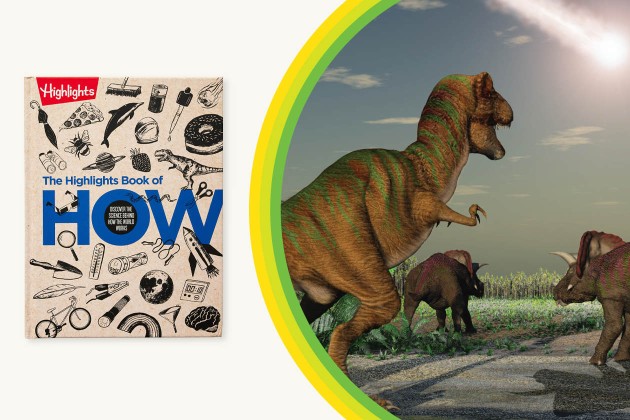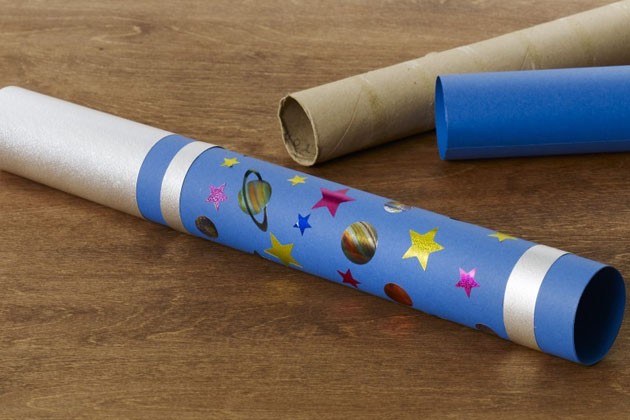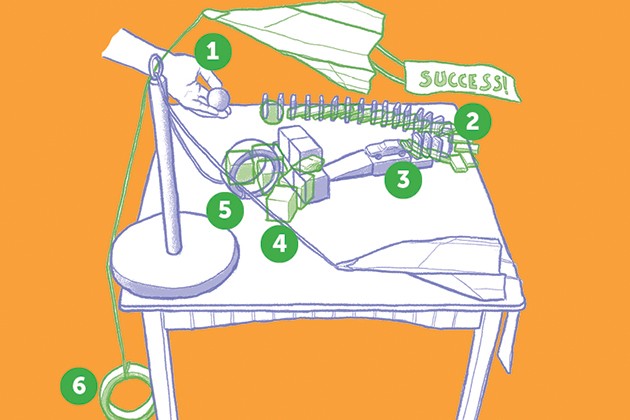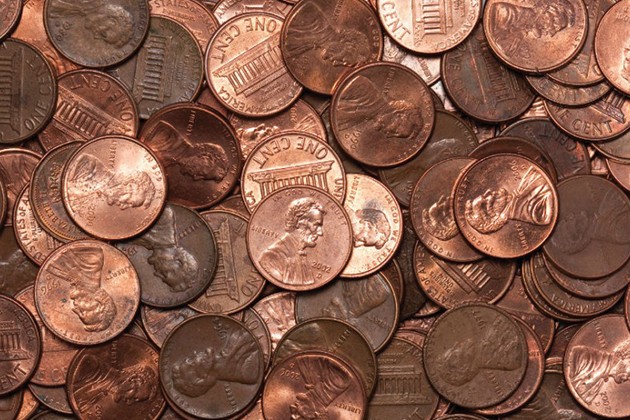"Book of How" Excerpt: How Did The Dinosaurs Go Extinct?
By: Highlights Editorial
Has your child ever asked, "Why are dinosaurs extinct?" The Highlights Book of How helps you dig down and explain the extinction of dinosaurs.
Some 66 million years ago, dinosaurs ruled the planet. Then, rather suddenly, almost all of them died. What could have caused such a huge extinction event? Scientists aren’t 100 percent sure, but they have several ideas that might explain what happened.
One theory that most scientists believe is that about 66 million years ago, a huge space rock—either an asteroid or a comet—crashed into Earth. In 1978, scientists discovered an enormous crater off Mexico’s Yucatán Peninsula. They believe that this is where the asteroid or comet— going tens of thousands of miles an hour—struck. An impact of that size and speed would have caused a huge chain reaction around the world, creating everything from tsunamis to volcanic eruptions to wildfires. It also would have caused a cloud of ash and dust to cover the planet.
The ash and dust cloud was likely so thick that it blocked out the sun for long periods at a time. Temperatures around Earth probably plummeted, making it too cold for dinosaurs. What’s more, sources of food for dinosaurs were wiped out in these harsh conditions. Scientists believe that over the course of 10,000 years after the space rock struck, almost all the dinosaurs went extinct.
Impact Crater Experiment
The space rock that hit Earth and led to the extinction of most dinosaurs created a massive crater in the ground. It measures between 110 and 150 miles wide. Mostly buried beneath limestone now, scientists think the crater was up to 3,000 feet deep at the moment of impact. Find out how craters are formed with this experiment.
What You’ll Need:
- Old newspapers or old sheet, to protect your work area
- Large shallow pan or tray with edges
- Flour
- Sifter or sieve
- Colored powder, such as dry pudding mix or cocoa powder
- Small objects of various shapes and sizes to use as meteors, such as marbles, table tennis balls, marshmallows, raisins, buttons or seeds
- Ruler
- Paper
- Pencil
What You’ll Do:
1. Cover your work area with old newspapers.
2. Place a large tray or pan on top of the newspapers. Fill the tray or pan with one or two inches of flour. Make the layer as smooth as possible.
3. Using the sifter or sieve, add a thin layer of colored powder on top of the flour.
4. Select one round object to use as your first meteor. Hold it a few feet above the tray or pan. Predict what will happen to the flour surface when you drop it.
5. Drop the object and observe. Measure and record the width of the crater. Draw a picture to show what it looks like.
6. Drop the object from a higher point so it is traveling faster when it hits the surface. Drop it from a lower height so it is traveling slower. Drop it from a different angle. Compare the results.
7. Drop objects of different sizes and shapes. Compare the results. How do size, shape, speed, and angle affect the size and shape of craters when a meteorite hits the surface?
Tip: To get the best results, refresh your testing surface between attempts. Use the sifter or sieve to add a small amount of the colored powder you used.
Do you have a child in your life who is obsessed with dinosaurs? Head here to find out what researchers say about kids who think dinos are "trex-cellent."
Did you love this excerpt from page 102 of our new Book of How? With 352 pages of experiments, activities and answers to kids’ questions, the new Book of How is a perfect gift for inquisitive kids.









